Published in the Sunday Indian Express Magazine - Eye on 06 April 2025
Travel and food for me are inseparable. But while famous dishes often get all the attention, some of the most memorable food experiences are rooted in traditions that go beyond the usual restaurant table. Whether it’s tasting something unexpected at a hawker centre or sharing a home-cooked meal with locals, those culinary moments always seem to leave the deepest impression.
Today, I want to talk about some of the most fascinating food experiences I have come across - some I have been lucky enough to try, and others that are still high on my to-do list. So, here’s a list of eight culinary traditions from around the world that offer more than just a great meal. They are rituals, celebrations, and snapshots of culture in its most authentic form.
Japan – Kaiseki Dining
Kaiseki is Japan’s answer to haute cuisine, but with a deeply rooted philosophy of simplicity, seasonality, and balance. More than just a multi-course meal, it’s a carefully orchestrated dining experience where every dish tells a story. Traditionally served in Ryokans (traditional inns) or specialised restaurants, Kaiseki unfolds like a delicate dance, with each course presented in a way that reflects the season, the region, and the chef’s meticulous creativity.
I have had the pleasure of experiencing Kaiseki a couple of times in Tokyo, and each occasion felt like a meditation in culinary art. The plates arrived one by one, beautifully arranged and delicately balanced, like edible works of art. From the clear, comforting soups to the rich, seasonal Sashimi and grilled dishes, every bite was a quiet revelation. It is a tradition that feels new and remarkable each time, inviting you to slow down, savour, and appreciate the journey of flavours and textures.
Morocco – Berber Tagine Cooking
While Morocco’s vibrant souks and palaces often steal the spotlight, it’s in the quiet villages of the Atlas Mountains where you find the true essence of Moroccan cuisine. The Berbers, an indigenous people of North Africa who have lived in Morocco for centuries, have preserved their rich cultural heritage through art, music, language, and most importantly, food.
The Berber Tagine, slow-cooked in conical clay pots over charcoal, is a dish that carries stories of generations. Made with chicken, lamb, or vegetables, spiced with cumin, saffron, turmeric, and cinnamon, and often enriched with dried fruits like apricots or prunes, each Tagine is a flavourful reflection of its maker’s hand.
The experience of cooking a Tagine with a Berber family is more than just a cooking lesson, it’s a cultural exchange. Watching the pot simmer over a charcoal fire as stories are shared around the kitchen is as comforting as the dish itself. Served with freshly baked Khobz bread, the Tagine becomes a communal experience. I haven’t tried this yet, but it’s high on my list.
Vietnam – Hotpot Dining
Vietnamese food is famous worldwide for its Pho and Banh Mi, but there’s a lesser-known tradition that offers a more intimate culinary experience: hotpot dining, or Lẩu. Popular especially in the chilly highlands of Sa Pa or bustling cities like Hanoi, hotpot involves gathering around a bubbling pot of aromatic broth, cooking fresh vegetables, meats, seafood, and dipping them in spicy, tangy sauces. It’s a social meal designed to be shared, with each person adding ingredients to the pot and fishing them out when ready.
I experienced hotpot dining during my visit to Hanoi, and it felt like being welcomed into a culinary ritual. From spicy meat slices to fresh greens and delicate seafood, everything tasted richer when cooked slowly and eaten together. The best part? It’s not just about the food, but the sense of community that comes with it that made the experience so much more than just dinner.
Indonesia – Padang Food Experience
While Indonesia’s culinary scene is as diverse as its islands, the Padang food experience from Sumatra is something else entirely. Served in Padang restaurants, this unique dining tradition involves placing a variety of dishes on your table all at once: like a buffet brought directly to you. Known as Nasi Padang, the meal features everything from the rich, slow-cooked Rendang (spicy meat stew) to fried chicken, spicy sambal, fish curries, vegetables, and more.
What makes the experience special is the communal aspect of it. Rather than ordering from a menu, plates are stacked high in front of you, and you pay only for what you eat. The vibrant flavours, heavy use of spices, and often fiery heat make Padang cuisine a feast for the senses. While I haven’t yet tried this dining experience in Sumatra, it’s high on my list. I have heard that nothing compares to tasting Nasi Padang right at its source, where the passion for food runs deep and every meal feels like a celebration.
Peru – Pachamanca
Pachamanca aka Earth Cooked Feast, is more than just a meal. It’s a tradition that dates back to the Inca Empire, making it one of the oldest cooking techniques still practiced in Peru. The word Pachamanca translates to ‘earth pot’ in the Quechua language, and the cooking method involves burying a mixture of meats, potatoes, corn, and herbs beneath hot stones, where it’s left to slow-cook for hours. The result? Tender, smoky, and rich flavours that you can’t replicate on a conventional stove.
This feast is usually prepared during festivals and special occasions, making it as much a cultural event as a culinary experience. The communal act of uncovering the food from the earth is a celebration in itself, one that honours Pachamama, the Andean Earth Mother. Although I haven’t experienced Pachamanca in Peru yet, but it’s a tradition that fascinates me. To taste something so deeply rooted in a country’s history, prepared with the same techniques as centuries ago, feels like stepping back in time, through food.
South Korea – Jjimjilbang Dining
In South Korea, a visit to a Jjimjilbang, a traditional bathhouse, isn’t complete without indulging in the unique dining experience that comes with it. Beyond the hot and cold baths, saunas, and relaxation rooms, these sprawling bathhouses often have dedicated dining areas serving simple yet satisfying Korean dishes. After sweating it out in a hot room or cooling off in an ice chamber, the food tastes even better.
Some of the most popular dishes include Sikhye (a sweet rice drink served cold), boiled eggs often cracked against your head for fun, and spicy, comforting dishes like Tteokbokki (rice cakes in a fiery red sauce). The contrast between the heat of the sauna and the refreshing chill of the food is what makes this experience so special.
Iceland – Rye Bread Baking in Hot Springs
In Iceland’s geothermal regions, cooking can be a collaboration with nature itself. One of the most fascinating traditions here is baking Hverabrauð, a dark, sweet rye bread, using the natural heat of hot springs. This quirky but effective method involves burying a pot of rye bread dough in the hot earth, where it is left to steam-bake slowly for up to 24 hours. The result is a dense, moist loaf with a slightly caramelised flavour that pairs beautifully with smoked trout, butter, or creamy cheese.
Icelanders often demonstrate this technique near geothermal areas like Laugarvatn or Mývatn, where the ground is hot enough to cook the bread to perfection. There’s something special about tasting food cooked by the planet itself, an authentic blend of tradition, landscape, and flavour.
Georgia – Supra
A Supra in Georgia isn’t just a feast, it’s a grand celebration of food, community, and storytelling. At its core, it’s about bringing people together around a table heaped with dishes like Khachapuri (cheese-filled bread), Khinkali (dumplings), roasted meats, fresh salads, and rich walnut-based sauces. But what truly sets a Supra apart is the ritual of toasting.
Led by a Tamada, the toastmaster who guides the flow of conversation and toasts, each speech is a poetic tribute to life, love, family, and sometimes even philosophical musings. I had the chance to experience a Supra during my visit to Georgia, and it was as much a cultural immersion as it was a feast. The toasts were elaborate, heartfelt, and sometimes humorous. Every toast was met with raised glasses of wine, often homemade and poured from clay jugs. Experiencing a Supra in Georgia is like being welcomed into the country’s soul, where hospitality is boundless and conversation is elevated to an art form. It’s both an indulgence and an experience you will never forget.
Food is more than just nourishment. It’s storytelling, tradition, and connection all rolled into one. From feasting under the stars in Morocco to baking bread beneath Iceland’s hot springs, these unique culinary experiences offer glimpses into the soul of a place. Whether I have tried them already or they remain on my to-do list, each one is a celebration of culture, heritage, and most importantly, life itself. Because isn’t that what travel is all about? Celebrating life, one delicious bite at a time. See you next time...






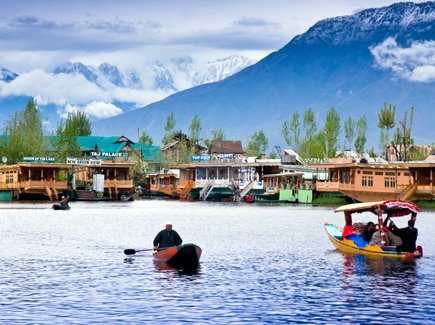
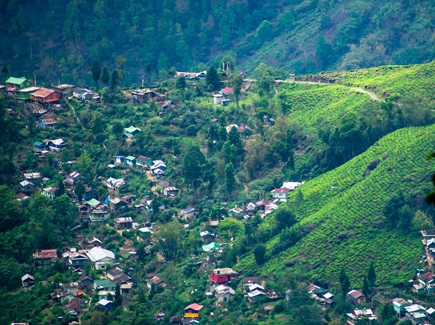

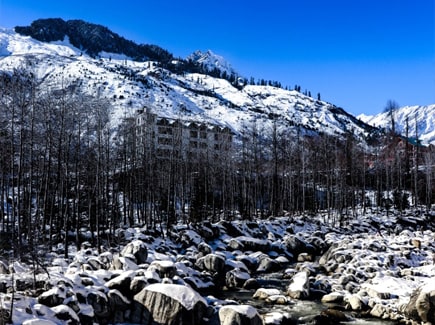


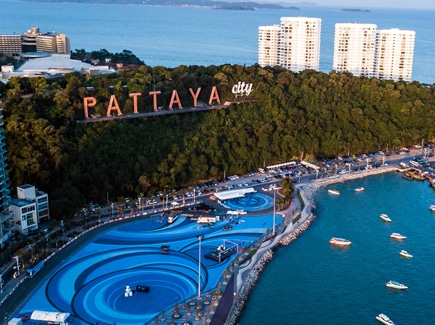
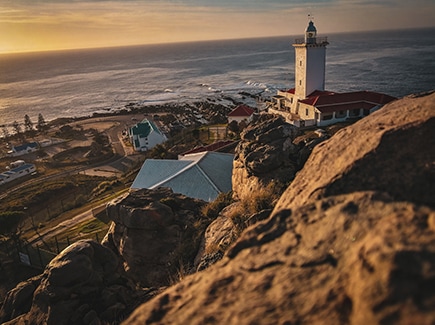
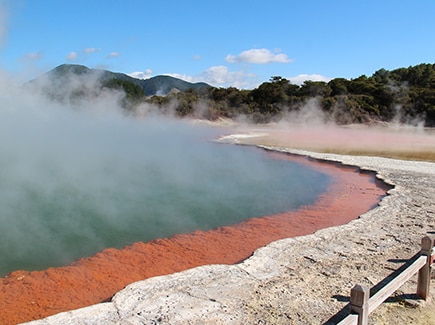









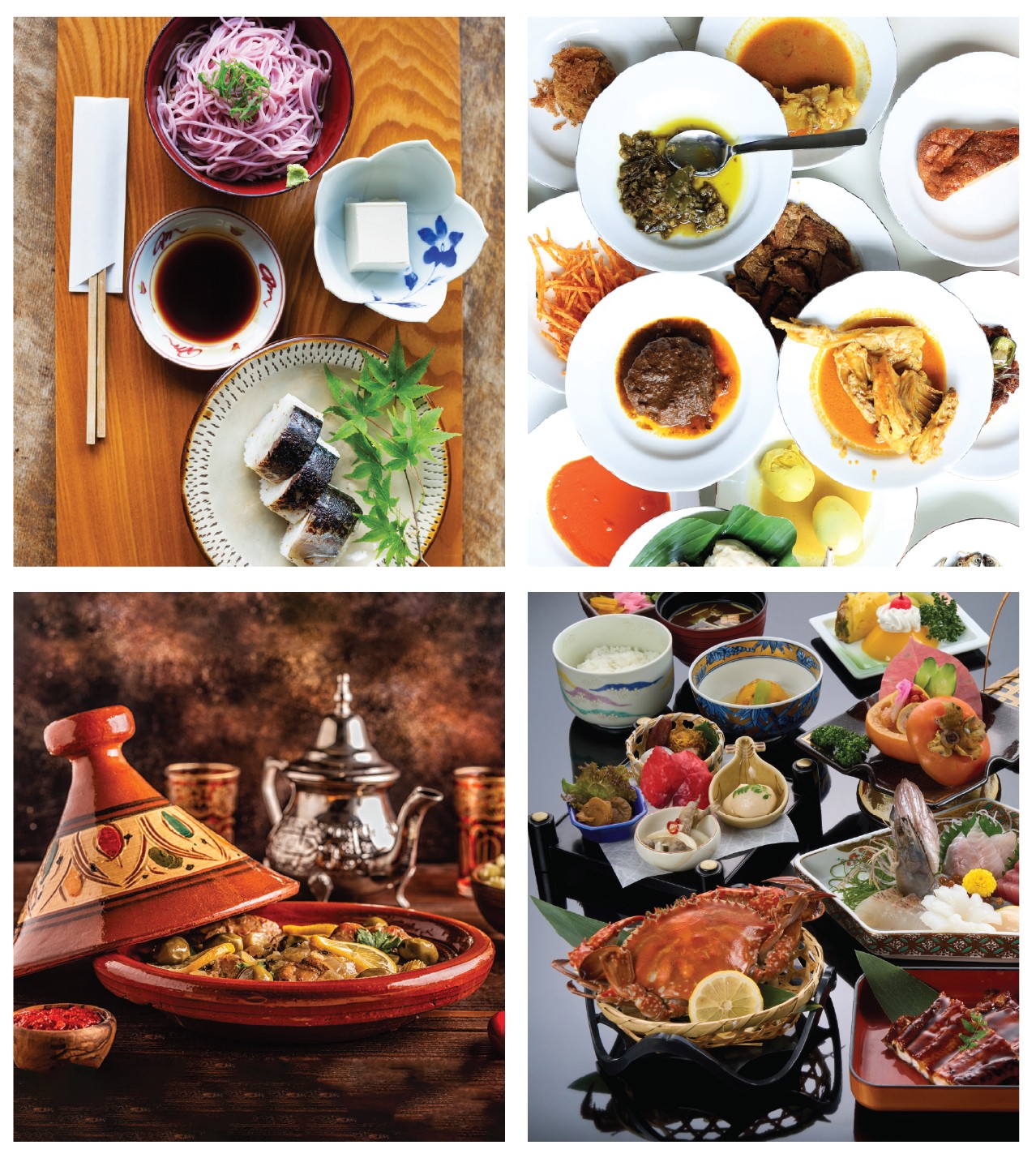





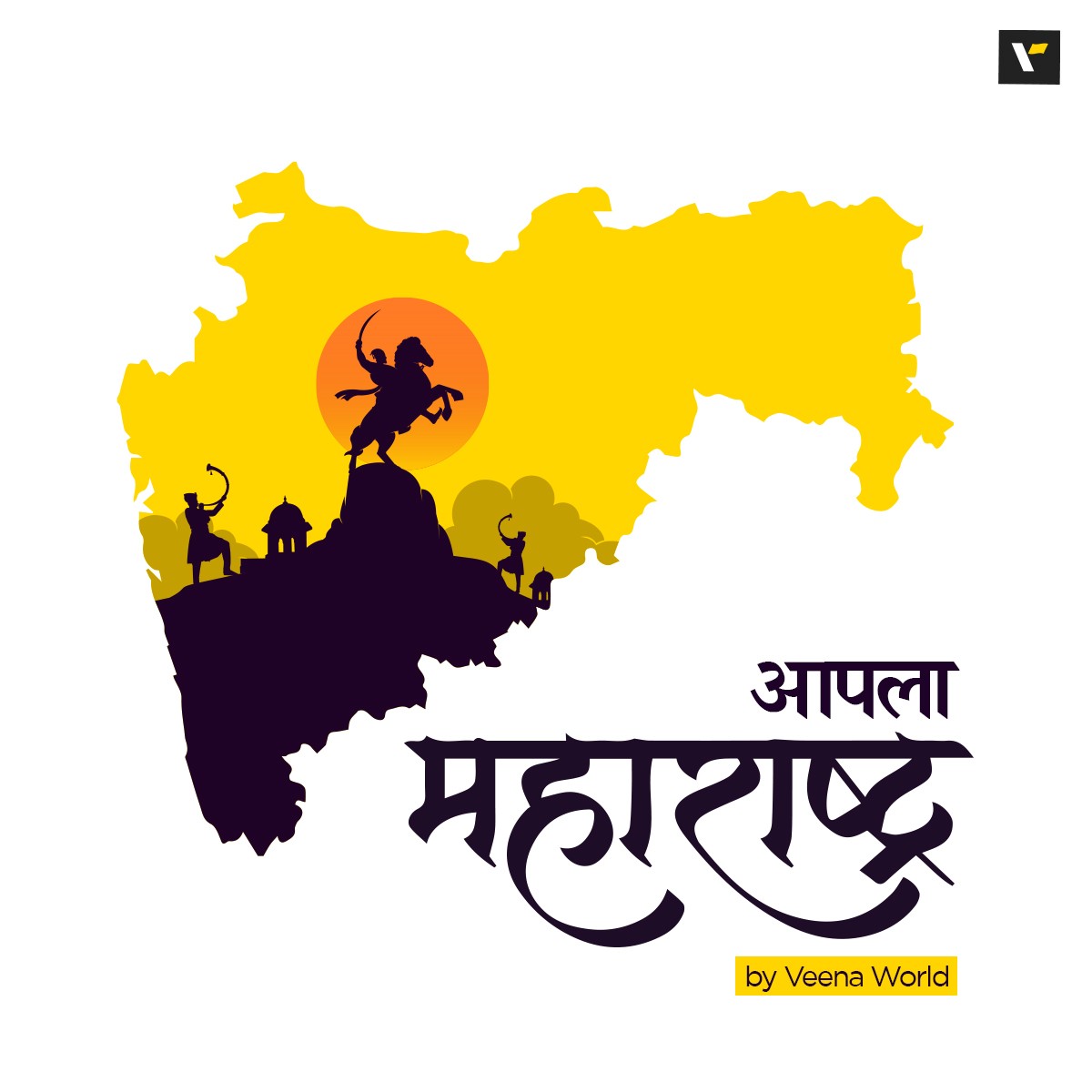

























Post your Comment
Please let us know your thoughts on this story by leaving a comment.